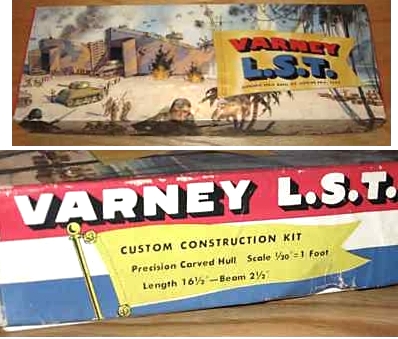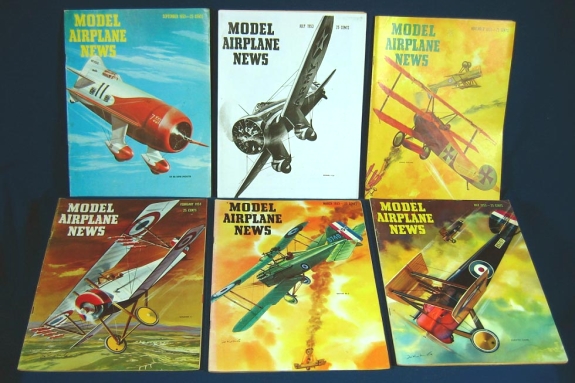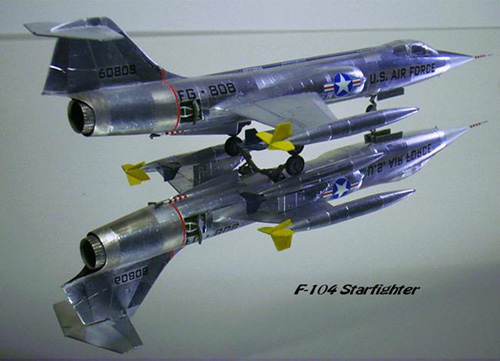Many customers have written emails asking how to build vacuform kits. My skills in this area are lacking – which is a nice way of saying that I have ruined most of the vac kits that I have started. But I noticed several customers – like David Miller – who purchased vacuforms repeatedly. I asked, and he sent me photos of his completed models. They are incredible! He was kind enough to write this article. I hope you find it as educational and enjoyable as I do. Alan Bussie
By Dave Miller
“Significant modeling skill is required to build vacuform kit. Not recommended for beginners.”
This statement is contained in the description of many vacuform models offered through Old Model Kits (www.Oldmodelkits.com). It is intended to inform potential buyers that a vacuform kit is substantially different from the injection-molded kits offered by major brands such as Airfix, Revell, Tamiya, Hasegawa and Monogram. Generally, major brand injection molded kits have detailed instructions, painting guides, good to excellent part fit, and require minimal preparation prior to painting. Vacuform kits may also share some of these characteristics, but generally do pose their own unique challenges. Having said this, however, building a vacuform kit gives one an opportunity to develop some new modeling skills. If you’ve built several injection-molded kits, then you may already have experience with filling seams, re-scribing panel lines and adding aftermarket or scratch-built details to models. These same skills are needed when building a vacuform model. Most importantly, with some care, a beautiful and unique model can be built from a vacuform kit.
1/72 B-32 Dominator
(Click photo to enlarge)
Probably the chief reason that builders contemplate the purchase of a vacuform model is that the subject is not available in Continue reading “How To Build Vacuform Model Kits”





